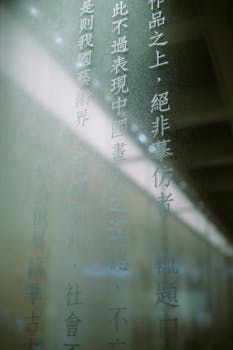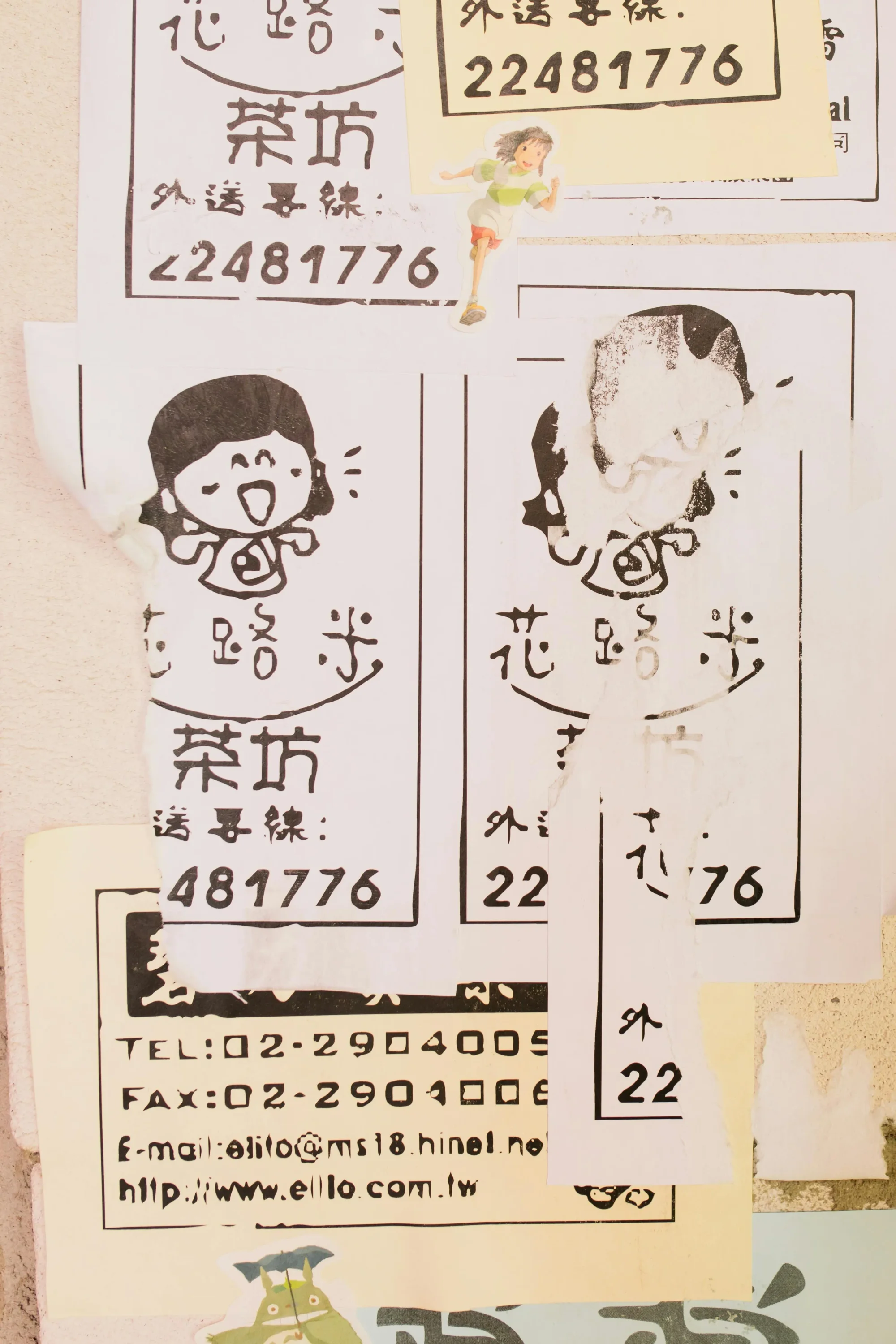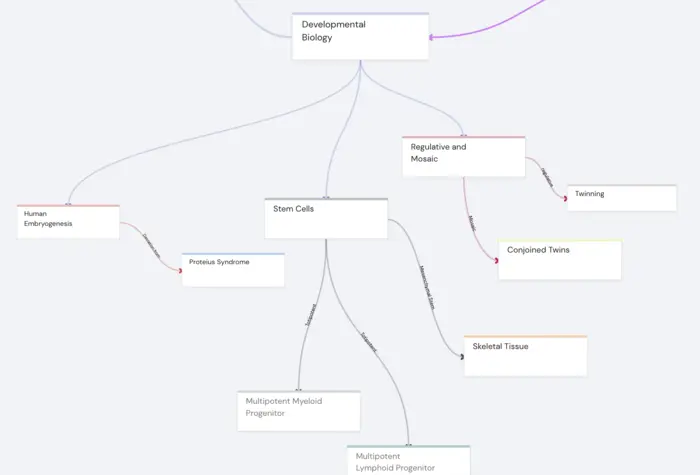Introduction
Unleash the secrets of the fascinating language of Chinese with our comprehensive guide on mastering its script. Delving into the world of Chinese characters, or Hanzi, is like unlocking a treasure chest of history, culture, and philosophy. But, it can also be one of the most challenging aspects of learning the language. Unlike the familiar phonetic alphabet systems, Chinese script is an array of intricate symbols that convey meaning through visual representation. This unique structure can often be overwhelming for beginners. However, once you understand its logic and structure, you unlock incredible potential for fluency and cultural understanding.
This guide aims to simplify this labyrinth of Chinese characters and make your journey to fluency smoother and faster. It will cover everything from the basic anatomy of Chinese characters to advanced learning strategies, and how to effectively remember Chinese characters. Whether you are a beginner or an advanced learner, this guide is tailored to help you master the art of Chinese script and enhance your language proficiency. So, get ready to delve into the world of Chinese characters and unleash the power of this fascinating language.
Understanding the Chinese Script
Diving into Chinese script is like exploring a whole new universe, where each character has its own story and connects to others in unique ways. But don't worry, it's not as intimidating as it sounds. It's a beautiful, logical system that, once understood, becomes a fascinating journey of discovery.
The Chinese Writing System
Unlike the Latin alphabet that's based on a phonetic system, the Chinese writing system is logographic. This means each Chinese character stands for a whole syllable, often carrying its own distinct meaning. The complexity and beauty of Chinese characters lie in their structure, which can be broken down into smaller components. A deep understanding of these components can unlock incredible insights into Mandarin, making the learning process more efficient and enjoyable.
The Pictographic and Ideographic Nature of Chinese Characters
Chinese characters have a pictographic and ideographic nature. They started out as simple pictures representing objects, like a tree, person, sun, or moon. Over time, they evolved and became more complex, but the essence of their pictographic nature remained. This pictographic nature is particularly visible in traditional characters, which offer a glimpse into the historical and cultural essence of the language. On the other hand, simplified characters, introduced in the mid-20th century to increase literacy, have fewer strokes and are easier to write and learn.
The Difference Between Phonetic Alphabet and Chinese Character System
Unlike the phonetic alphabet, where letters represent sounds and are combined to form words, the Chinese character system is made up of thousands of unique characters, each representing a syllable and often carrying a specific meaning. This means that while in English, you can guess the pronunciation of a new word based on its spelling, in Chinese, the pronunciation of a character often has to be learned separately. This is also why some learners find the vocal tones associated with Chinese characters to be one of the most challenging aspects of learning the language.
Traditional vs Simplified Characters: A Brief Overview
Chinese characters come in two forms: Traditional and Simplified. Traditional characters are more ancient and often more complex, consisting of more strokes and intricate details. They are used in places like Taiwan, Hong Kong, and overseas Chinese communities. Simplified characters, on the other hand, have fewer strokes and are used widely in Mainland China, Singapore, and Malaysia. They were introduced in the mid-20th century in Mainland China as part of a major reform to increase literacy.
Understanding the difference between these two forms is an important part of your Mandarin learning journey. Whether you're learning Simplified or Traditional Chinese largely depends on your learning goals and the region you're interested in. The key is to focus on understanding the core structure of characters and their functional components, which will equip you with the tools and knowledge to navigate the exciting world of Simplified and Traditional Chinese characters.
Next up, we'll delve deeper into the anatomy of Chinese characters, helping you understand their visual representations, simplified versions, character radicals, and more. So, let's continue our exploration of the world of Chinese script!

The Anatomy of Chinese Characters
Unraveling the mystery of Chinese characters is like unlocking a fascinating code. Let's dive into the unique structure of these characters, starting with their visual representations and moving on to their simplified versions, character radicals, character compounds, and standardized stroke order.
Reading and Writing Chinese Characters
The task of reading and writing Chinese characters is often perceived as the most challenging aspect of mastering the language. However, once you begin to understand Chinese character anatomy, the process becomes less daunting and more intriguing. These characters are not random designs but structured compositions, each with a story to tell.
Chinese Characters as Visual Representations
Unlike the Roman alphabet where characters denote sound, Chinese characters primarily depict meaning. The majority of these characters started as visual representations of tangible elements like trees, houses, or humans. So, think of each Chinese character as a standalone entity with its own unique meaning.
Simplified Versions and Character Radicals
In the modern world, the original visuals have evolved into more simplified versions known as character radicals. These radicals form the foundation of contemporary written Mandarin, making up approximately 80% of the language. For example, the radical 木 (mù) symbolizes "wood". When doubled as 林 (lín), it means "forest", and when tripled as 森 (sēn), it signifies "jungle". Understanding these radicals can significantly aid in recognizing, remembering, and writing Chinese characters.
Character Compounds
Character compounds are where two or more radicals come together to form a single character. The radical on the left usually indicates the character's category or meaning, while the radical on the right might hint at its pronunciation. For instance, the character 休 (xiū), meaning "to rest", combines the radical 人 (rén) representing "person" and the radical 木 (mù) denoting "tree". Visualizing a person resting against a tree can aid in remembering the character and its meaning.
Standardized Stroke Order
An important rule to note in Chinese writing is the standardized stroke order. This order typically moves from left to right, top to bottom, and outside to inside. Adhering to this stroke order ensures the characters are written as intended and greatly aids in their recognition.
Mastering the art of Chinese script is a rewarding challenge. By understanding the anatomy of Chinese characters, you start to unlock the secrets of this fascinating language. Up next, we will guide you on how to learn Chinese script effectively, so stay tuned!

How to Learn Chinese Script
As you venture into the world of Chinese script, it's important to approach your learning with a strategic and systematic plan. From breaking down characters into components to setting achievable learning goals, here's a step-by-step guide to mastering this age-old language.
Breaking Down Characters into Radicals or Components
Chinese characters may initially seem overwhelming, but once you understand that they are comprised of smaller components known as radicals, the learning process becomes much more manageable. Radicals, also known as "bushou," are basic characters that can't be simplified any further. They provide either phonetic or semantic clues, helping you to understand the meaning and pronunciation of complex characters. For instance, the radical 木 (mù) represents wood, giving you a clue to the meaning of characters that contain it.
Using Visualizations to Remember Characters
Another effective method of learning Chinese script involves creating visualizations. Most Chinese radicals were originally pictographs, resembling the objects they represent. By visualizing these objects when you see a radical, you can more easily recall the meaning of the character. For example, you could visualize the character 木 (mù) as a tree, helping you remember that it represents 'wood.'
Incorporating Pinyin in Your Learning Process
Pinyin, the official romanization system for transcribing Mandarin pronunciations of Chinese characters, can be a great help in your learning process. Including pinyin helps you remember not just the meaning of a character, but also how it's pronounced. However, remember to use Pinyin as a guide, not a substitute for learning the actual characters.
Setting Targets and Goals for Learning Chinese Script
Setting clear, achievable goals is a crucial part of any learning process. For Chinese script, start by familiarizing yourself with a certain number of characters per week. Gradually increase this number as your confidence and knowledge grow. Regular reviews and practice will also help reinforce what you've learned and improve your recall.
Starting Point: The 100 Most Common Chinese Characters
For beginners, the best starting point is to learn the 100 most common Chinese characters. This will not only give you a solid foundation but will also significantly boost your reading and writing abilities. As you progress, you'll start recognizing these characters in various contexts, accelerating your learning process.
Learning Chinese script isn't a sprint; it's a marathon. With the right approach, patience, and consistent practice, you will find yourself reading and writing Chinese characters with ease and confidence.

Techniques to Effectively Remember Chinese Characters
Diving headfirst into the world of Chinese characters can seem like an overwhelming endeavor, given the thousands of unique characters to learn. But, fret not! With the right strategies, you can make this mission both manageable and enjoyable. Here, we will explore some practical techniques to effectively remember Chinese characters, turning this daunting task into a captivating journey of discovery.
Associating Tones with Moods or Colors
One of the first steps to mastering Chinese script is understanding the role of tones in pronunciation. Mandarin Chinese has four tones, and each can change the meaning of a word. A fascinating way to remember these tones is to associate them with moods or colors. For instance, you could link the first tone with a calm blue color or a relaxed mood, while the fourth tone, which is more abrupt, could be associated with a vibrant red color or an energetic mood. This visual and emotional connection can make recalling the tones a lot easier and more intuitive.
Building on Familiar Characters and Previous Knowledge
Chinese characters aren't standalone elements; they often share common parts known as 'radicals' or components. These radicals can give clues about the character's meaning or pronunciation. To speed up your learning, it's beneficial to identify and familiarize yourself with these radicals, then build upon them to learn more complex characters. With time, you'll start recognizing these patterns, and new characters will become less intimidating as they will contain elements you already know.
Practicing Mnemonic Techniques with New Characters
Our brains are wired to remember images and stories more effectively than abstract data. This is where mnemonic techniques come into play. Mnemonics transform abstract information into tangible, memorable images, making learning Chinese characters a breeze. One of the most effective mnemonic techniques is the Method of Loci, which involves visualizing a familiar location and using different parts of that location to store different pieces of information. This technique can be transformative when applied to learning Chinese characters, helping you anchor new characters to existing knowledge in a meaningful way.
Watching Authentic Videos with Chinese Subtitles
Immersing yourself in the language is a vital part of learning. Watching authentic videos in Chinese with Chinese subtitles can provide a real-life context for the characters you're learning. This exposure helps reinforce your memory and understanding of characters, as well as their usage in everyday conversation. Plus, it's an entertaining way to learn!
Reading Parallel Texts to See Characters in Different Contexts
Finally, reading parallel texts – texts in two languages side by side – allows you to see Chinese characters in various contexts, aiding your comprehension and recall. This method also provides a clear understanding of how characters are used in sentences, helping you to grasp the structure and flow of the Chinese language.
In conclusion, mastering Chinese characters is not about rote learning but about utilizing effective methods that leverage your brain's inherent strengths. From visual associations to contextual immersion, these techniques can significantly boost your capacity to remember Chinese characters, making your learning journey not only efficient but also enjoyable.

Advanced Learning: Beyond the Basics
Gaining a basic understanding of the Chinese language is a laudable achievement. However, true mastery lies just beyond the horizon. Venturing into advanced learning will not only solidify your foundation but also provide you with a deeper and more nuanced understanding of the fascinating world of Mandarin. This stage requires delving into the 40 most common radicals, appreciating the wisdom in Chinese proverbs, and immersing yourself in the art of calligraphy.
The 40 Most Common Radicals
Radicals are akin to the DNA of Chinese characters. They are the building blocks that lend meaning and pronunciation hints to the characters. While there are around 214 radicals in total, the 40 most common radicals make up about 80% of the language. Understanding these radicals is akin to unlocking a secret door that leads to a more profound understanding of Chinese characters.
For instance, the radical 氵(shuǐ), meaning 'water', is frequently used in characters related to water, such as 河 (hé), meaning 'river', and 洗 (xǐ), meaning 'wash'. Recognizing this repeating pattern can streamline your learning process, turning the mammoth task of remembering thousands of characters into an enjoyable endeavor.
Chinese Proverbs and Their Characters
Chinese proverbs, known as 成语 (chéngyǔ), are an integral part of the Chinese language and culture. These concise four-character idioms carry profound meanings and are often used to express complex ideas quickly. They provide a window into the heart of Chinese wisdom, values, and history.
Learning these proverbs not only enhances your understanding of Chinese characters but also helps you communicate more effectively. For example, 井底之蛙 (jǐngdǐzhīwā) literally translates to "a frog in a well," but it is used to describe someone with a narrow perspective. Engaging with these proverbs can be an enriching experience, significantly improving your Mandarin skills.
Calligraphy Samples and Their Importance
Calligraphy, the art of writing Chinese characters, is more than just a form of artistic expression; it is a reflection of the rhythm, balance, and aesthetics of the Chinese script. Studying calligraphy samples can help you appreciate the beauty of Chinese characters and understand the standardized stroke order.
Being able to write beautiful characters is a sign of education and refinement in Chinese culture. Therefore, practicing calligraphy can not only boost your writing skills but also deepen your cultural understanding and appreciation of the Chinese language.
In conclusion, advanced learning steps away from the purely academic and ventures into the heart and soul of the Chinese language. By immersing yourself in the most common radicals, proverbs, and calligraphy, you can truly master the art of Chinese script and fully unleash the secrets of this fascinating language.
Conclusion
Indeed, unlocking the code of Chinese script is an endeavor that necessitates a mix of strategic learning, cultural immersion, and sheer persistence. From understanding the anatomy of Chinese characters to employing mnemonic techniques, each step in this journey is integral to mastering this complex yet intriguing language system.
An essential part of this process is acknowledging that learning Chinese script is not merely about memorizing characters but also about delving into the fabric of Chinese culture and history. The language's pictographic and ideographic nature provides a unique window into the Chinese way of life and worldview.
Furthermore, the ability to distinguish between traditional and simplified characters, while also appreciating their co-existence, broadens one's linguistic repertoire and enhances one's cultural sensitivity.
As you navigate through the labyrinth of Chinese script, remember to keep your learning goals flexible yet focused. By starting with the most common characters and gradually building on your previous knowledge, you are setting yourself up for a successful language learning journey.
Incorporating mnemonic techniques and other innovative learning strategies can make the process more engaging and effective. This is particularly relevant in the case of similar looking characters, where tracing your errors can help untangle the confusion and reinforce your understanding.
The journey to mastering Chinese script might seem daunting at times, but the beauty and richness of the language make the effort worthwhile. As you advance in your studies, exploring elements like proverbs and calligraphy can add a new layer of depth and fascination to your learning experience.
In conclusion, learning Chinese script is a challenge worth undertaking. It's a journey filled with intellectual stimulation, cultural discoveries, and personal growth. And with the right resources and strategies, you're well on your way to mastering the art of Chinese script and unveiling the secrets of this captivating language.

